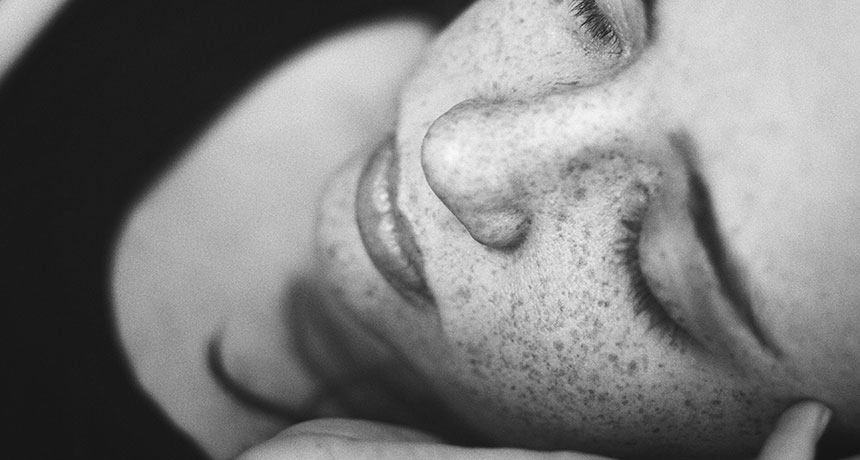A new experiment didn’t find signs of dreaming in brain waves
By analyzing the neural flickers of dreams, researchers hope to shed light on consciousness

DREAM WORLD Researchers are studying the dreaming brain for insights about how the mind creates consciousness.
Rodrigo Pereira/Unsplash